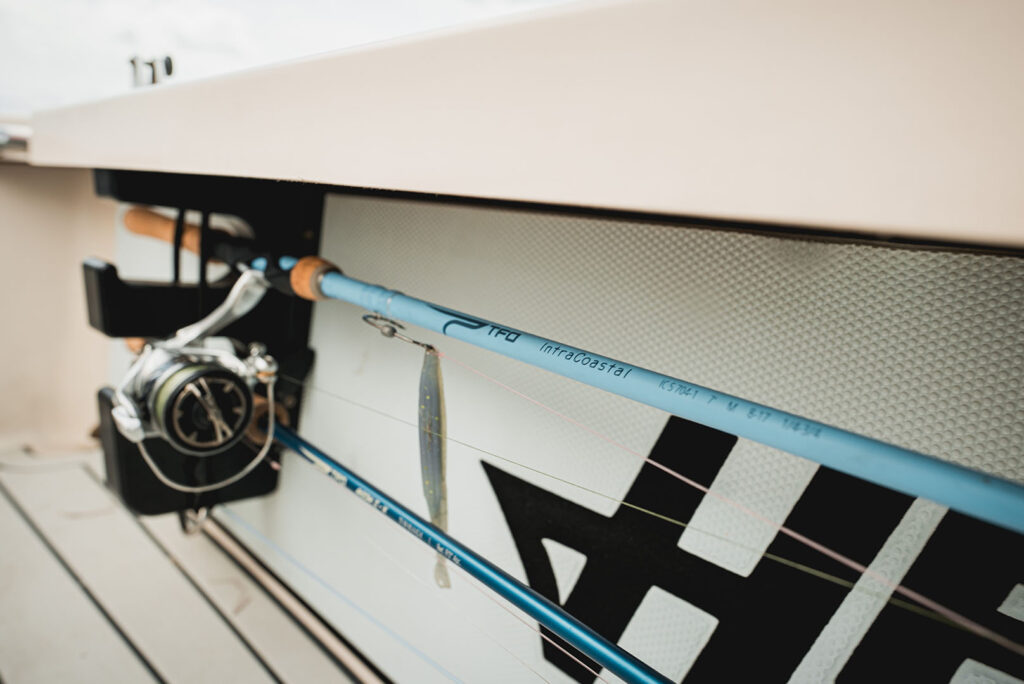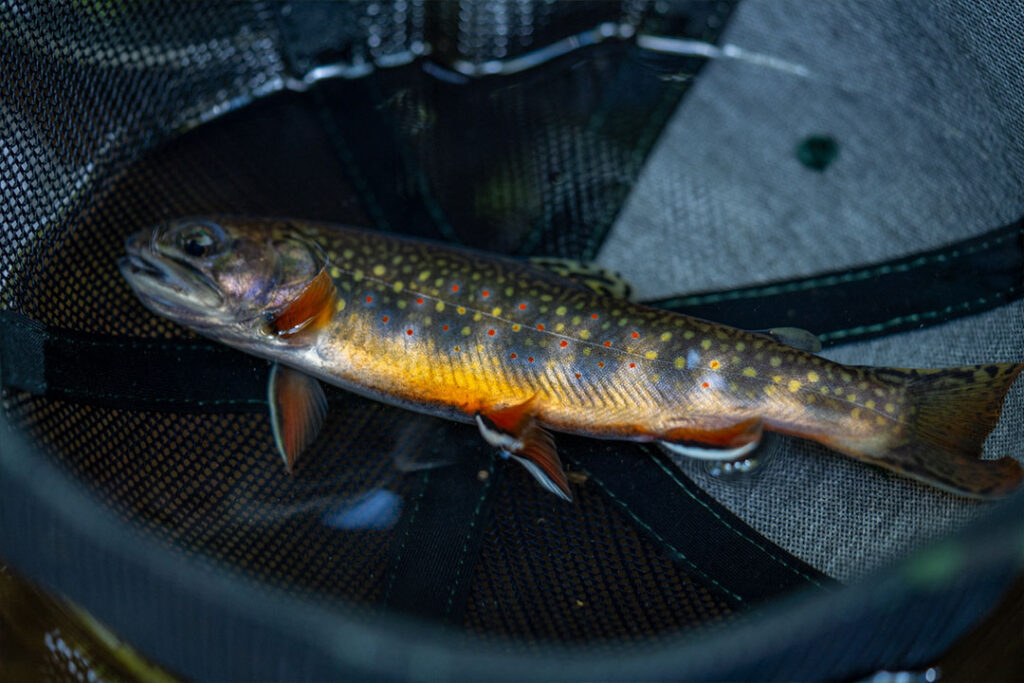By now, spring has set in for most of the US. With the longer day light hours and warmer temperatures, its arguably every angler’s favorite season to bass fish. Why? Well, your chances at catching a personal best are at its highest in the pre-spawn. Secondly, the bass go shallow and who doesn’t like to fish shallow?
Spring is also probably the only season that you can simplify by breaking down in to three phases; pre-spawn, spawn, and post spawn. This transitional time of the year can be incredible with both quantity and quality, but it can also be frustrating and downright confusing due to early spring cold fronts, some fish in all three phases, and the post-spawn “funk”.
Generally speaking, for most of the lower 48 states the spawn takes place from late March through early June. It starts earlier the further south you go and a little later the further north you go. Pre spawn fish will be at their biggest all year because the females are full of eggs, spawning fish are on beds and are tricky to catch with a lot of “sight fishing”, and during the post-spawn period you’ll have fish eager to eat but sometimes they’ll be in what a lot of anglers like to call the “post spawn funk” for a short while after spawning where the bass aren’t spawning or feeding heavily.
The way I approach this time of year is to be versatile and prepared. I fish out of a kayak, so I have to be mindful and really dial in what I bring on the water because my storage capacity is fairly small. Even with the storage options on my Hobie Pro Angler 12 MD360, things can get crowded QUICK! That said, I typically bring 10 to 12 rod and reel combo’s, 6-7 3700 series Plano tackle boxes, and enough soft plastics to cover the basics of flipping, worms and trailer options. The amount of rods allows me to pre-rig different techniques in multiple sizes and/or colors so that I’m better prepared for the water conditions and situations that may arise.

Photo: Matt Mather
Focus Factors
The bite windows this time of year are typically small, so I get on the water as early as possible and I stay late so that I can pay attention to the times of the day when the fish are biting. To help clue me in to when and where I should be fishing, I focus on the following factors:
- Length of day
- Longer day time hours = more sun warming the water. Bass really start to get active when the water reaches 50 degrees and generally spawn in water temps between 55-75 degrees water temperature.
- Weather trend 2-3 days prior
- The early spring can be volatile with cold fronts, so ideally I want stable weather in the days leading up to my time on the water.
- Hard bottom areas of the lake
- During this time of year, they like to congregate around hard bottom areas so they can move up to feed up and spawn when the time is right. I’ve seen beds on top of lay downs, next to stumps, on rocks, and on cypress knee root systems.
- Wind-protection
- Southern facing shallow pockets, bays, coves, flats and creek arms are high-percentage areas protected from North winds. However, I don’t mind a South wind as it can sometimes help turn on the bite. I’ve had some very special days in the pre-spawn with a south wind.

- Southern facing shallow pockets, bays, coves, flats and creek arms are high-percentage areas protected from North winds. However, I don’t mind a South wind as it can sometimes help turn on the bite. I’ve had some very special days in the pre-spawn with a south wind.
Tactics
This time of year, being versatile is a big factor while ultimately, the conditions will dictate what I’m throwing. I’m focusing a lot on reaction baits like a chatterbait or crankbait, but im also prepared with the slower techniques, like a jig, Texas-rigged creature and yes, the ol’ trusty Yamamoto Senko ready to go.
Once the water is above 50 degrees, I’ll start covering water with a chatterbait or a top water like a buzzbait. If I start with a topwater like a buzzbait, I like throwing a 3/8 oz with a buzz frog instead of a skirt and I’ll throw that until the sun gets over the horizon or until the bite goes away. Then I’ll switch to a chatterbait since it’s an incredibly versatile lure and catches big fish. Up shallow, I’ll throw a 3/8 oz with a Yamamoto Zako trailer and if I’m fishing in water 5-10 feet, I’ll throw a ½ oz and let it sink to the bottom before I start to retrieve. With both the buzzbait and chatterbait, the one thing I see a lot of people do is “chuck-&-wind”, which will catch fish, but it sort of takes away from the versatility of each lure. Instead of just casting and reeling, try doing short twitches of the rod during the retrieve when the lure gets near an object. Also try different retrieve speeds like slow-rolling or burning.
I keep a spinnerbait and swimjig ready as pinch-hitters for the chatterbait. If there is a lot of snags or heavy vegetation, I’ll switch to a swimjig or if the wind is heavy then ill go to a spinnerbait. Though I will say, I don’t have any hard rules and I’ll swap in between the three at any moment I feel I may need to.
If I approach some stumps or a laydown, I’ll swap out with a squarebill crankbait and work it along the edges, bouncing it off every stump, stick and branch I can.
If these techniques don’t elicit a reactive strike, then I will start picking apart every lay down and piece of wood I come across with a jig, creature or worm in no specific order. Bass love to use wood as cover and they’re known to spawn on and around wood, since it offers a form of hard bottom and also protection.
If I come across bass on beds, these slower presentations are the ticket. I’m not big on bed-fishing because you can often waste a lot of your day trying to catch one fish, but I also don’t want to cause more stress on the fish. However, even blind casting you are bound to catch spawning fish so take it for what its worth.
The frog and big glidebait/soft swimbait are my “special teams” lures. For example, if I come up on a random clump of grass along the bank or there is a thick tangle of wood. I’ll work a frog over and through it. Or say I find a brushpile on my side imaging sonar, I’ll throw the glide bait over it or bring the big soft swimbait through it hoping to find a monster female bass looking for a big lazy meal. That isn’t to say these baits are ONLY good for these scenarios, you could definitely fish them both all day. I just choose to reserve them for high-percentage areas during the pre and post-spawn.
![]()
Rod & Reel Setups
Chatterbaits:
Tactical Glass Bass, 7’4” Medium (TAC GB CB 745-1), Shimano Metanium MGL 151B, 7.1:1 – 17 lb test fluorocarbon
This rod performs exceptionally well with chatterbaits, offering enough tip flex to let the fish eat the bait better and to keep the hook pinned, while also having enough backbone to drive a hard hookset and also helps snap your lure free of grass. You get all this in a very light and sensitive rod.

Photo: Rob Kretsch
Squarebill Crankbaits:
Tactical Glass Bass, 7’2” MH (TAC GB CB 724-1), 7.1:1 Shimano Bantam MGL 151 – 15-17 lb fluorocarbon.
I’m fishing this around heavy cover and the length of rod allows me to “worm” the crankbait through the trees better and the heavy line helps me horse the fish out.
Swimjigs:
Tactical Elite Bass 7’4” Heavy (TLE SC 746-1), 7.1:1 speed Shimano Metanium MGL with 20 lb fluorocarbon for everything but vegetation. For vegetation, I’ll use the same rod paired with a Shimano Curado 201 with 50lb braid.
Spinnerbaits :
I prefer a shorter rod and use the Tactical Elite Bass 7’0” MH (TLE SB 705-1), Shimano Curado 6.6:1 and 17 lb fluorocarbon. Heavier applications is the Shimano SLX MGL 70, 7.1:1 with 40 lb braid.

Photo: Rob Kretsch
Topwaters:
Tactical Elite Bass 7’ M (TLE LW 70CB-1) for lighter weight topwaters like poppers. Paired with a Shimano Curado 70 7.4:1 speed and 15 lb copolymer. For buzzbaits, I use the TFO Professional (TFG PSC 705-1) 7’ MH b/c I like the longer butt-end on the shorter rod for bombing casts and hooksets.
Flipping and bottom baits like a jig, t-rigged creature, and worms, I use the Tactical Elite Bass 7’4” Heavy (TLE SC 746-1). This is a great all-around rod and I’ll have one rigged for both heavy and light applications. Lite applications is the Shimano Antares 7.4:1 for light weight applications with 17 lb fluorocarbon. Heavier applications is the Shimano SLX MGL 70, 7.1:1 with 40 lb braid.

Photo: Rob Kretsch
Frogs & Swimbaits:
My clean-up hitters get the heavy rod treatment. For frogs, I like the Tactical Elite Bass 7’2” Heavy (TLE SB 726-1) paired to an 8.4:1 speed Shimano Exsence 8×5 DC, spooled with 50lb braid. For big glidebaits and soft swimbaits, I call on the Mag Heavy 7’11” GTS Swimbait (GTS BBC 7116-1) paired with a Shimano Tranx 301 5.8:1 speed reel and 20-25 lb fluorocarbon. This rod works beautifully with hard and soft baits between 6-10” with a soft enough tip to cast these heavy lures long distances, paired with a stout backbone to really drive the hook hard and cranking big fish in.
Blog written by TFO Pro Staffer Rob Kretsch. You can find out more about Rob here.
![]()






